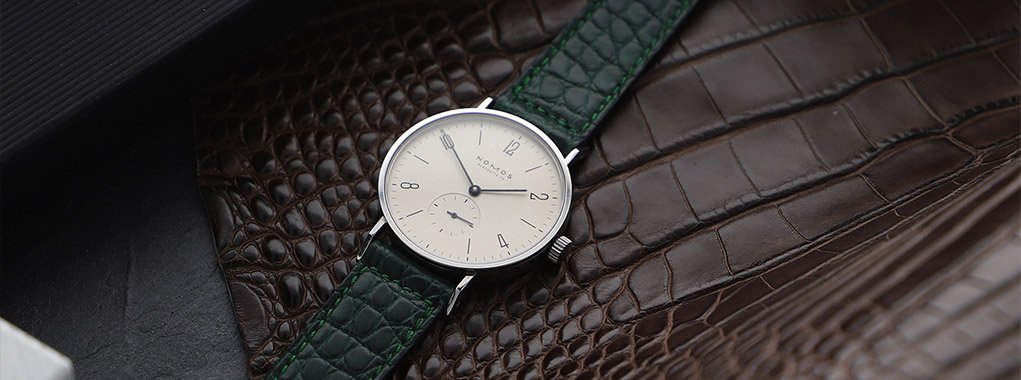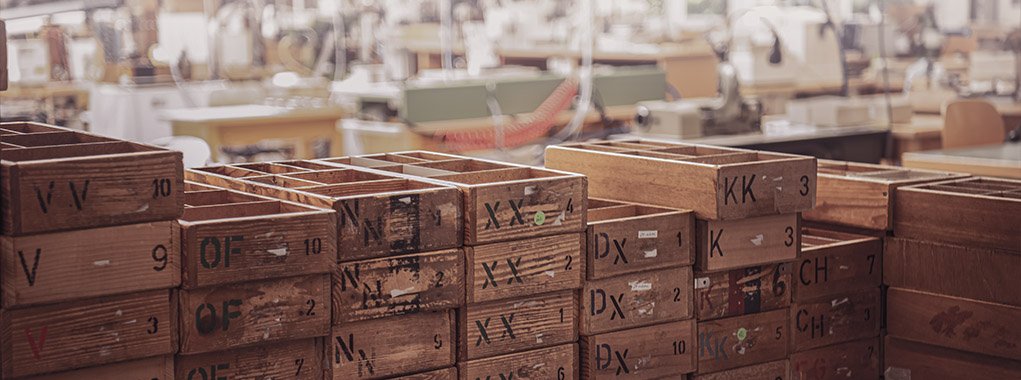HAND STITCHING
PERFECTION, PRECISION, TRADITION

THE SADDLER TRADITION IN PERFECTION
EVERY MOVE OF THE HAND MATTERS
Refined as hand stitching, this tradition lives on in our handmade watchstraps and leather goods, once again proving that it is the best technique. There is one good reason for this: every hand movement contributes to the quality of the final product. Once all the necessary stitches have been pre-punched, our products are sewn by hand with just one thread and two alternating needles, after which each stitch is tightly pulled. The first stitch is made twice with both needles – just like the last stitch, which is also double knotted. Since we only use one thread, it is impossible to pull up the stitch, unlike mechanical stitching with separate top and bottom threads. Handcrafted quality also means making an effort and taking time. While computer technology can produce a strap in a matter of seconds, our seamstresses need a good half an hour for a hand-sewn watchstrap. A belt can take over 2.5 hours. Hand stitching perfectly embodies the saddler tradition. This is also why it is a characteristic of all watchstraps that bear the name of Cornelius Kaufmann.


